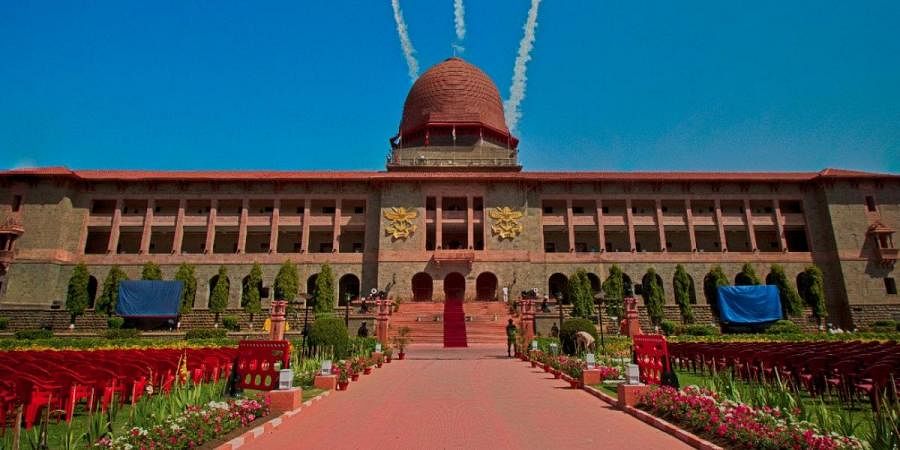Amid the row over the induction of women into the army, the Centre on Monday told the Supreme Court that the decision to admit women cadets in the National Defence Academy (NDA) had been a ‘major policy decision’ and that it needed at least three months for deliberating implications in the long term for the induction and deployment of ex-NDA women cadets in the armed forces.
Efforts to ease the admission process of women into the NDA have been on ever since the Supreme Court ruled in favour last September. In a first, last year the Supreme Court allowed women to participate in the National Defence Academy entry exam that was held in November, stressing that their induction cannot be delayed by a year like the Centre had sought.
In response to a petition filed by advocate Kush Kalra, the defence ministry presented the apex court with information regarding the number of women who have applied for the 2021 examination and the number enrolled.
In its response, the Centre stated in an affidavit: “It is submitted that a total of 5,75,854 candidates applied for the exam and 3,57,197 candidates took the examination.” The affidavit further added that “A total of 8009 candidates, including 1002 women candidates passed the NDA written examination held during November 2021. The Service Selection Board (SSB) is scheduled with effect from March-April 2022.”
Despite the court’s decision to let women get admission into the NDA, in January, the Centre was asked to explain why, despite its order, the intake of female candidates in the academy remained 19, as it was in 2020, according to reports.
In October last year, the Supreme Court ruled that women could appear in Rashtriya Indian Military College (RIMC) examination to be conducted on December 18, which had been set for December 18, saying the Centre has gone a mile and should go a step further.
Intake in Army
Reportedly, during Monday’s hearing, the centre explained that its decision to restrict the intake of women cadets in the NDA to 19 per batch was based on sound rationale and the current requirement of the armed forces.
“The induction of woman cadets in NDA has been a major policy decision. The respondents need sufficient time for deliberating implications in the long term for induction and deployment of ex-NDA women cadets in the Indian Armed Forces. It is, therefore, submitted that the respondents require at least three months additional time towards this”, the Centre said in its affidavit.
On this, during its hearing, the court explained that out of the 19 women cadets, 10 vacancies are assigned to the Army, six to the Air Force, and three to the Navy. “Army and Air Force have also sought to strike a balance between pregnancy and motherhood of women officers with operational requirements while arriving at their numbers of absorption from the NDA,” the government said.
Moreover, the Center explained that the ratio of women cadets for all three services is based on the Army’s operational role and challenges in difficult terrain, which calls for a younger profile and mobility of officers.
“The total vacancies planned for the Indian Army through NDA are 416 every year that is 208 per course. These vacancies are planned for all arms and services of the Indian Army. Officers commissioned through NDA make up a major component of combat Arms and Women officers (WO) are not being inducted in combat arms”, the affidavit said. The Centre said that the average intake in the last four years of women officers in the eight arms and services has been up to 15 per cent of the total cadre strength.
“With the present allotment of 10 women candidates per course in NDA, that is 20 per year, the number of women cadre in these arms will witness a growth of 5 per cent from the existing 15 per cent,” the affidavit said.
It said that the Indian Army since has been simultaneously engaged in a large number of operational challenges, especially on Northern Borders which have effected permanent changes in deployment and various other operational facets requiring in-depth analysis and extrapolated impacts in cadre management to include women officers’ operational employment, the Centre told the top court.
Intake in Navy and IAF
About the Navy, the Center said that despite impartial acceptance, over the last twenty years, women have comprised around six per cent of the complete strength of Navy’s official framework (adding up to 20.72 per cent of the absolute officials in the branches/units/specializations open for the enlistment of ladies).
For the Air force, the affidavit said that IAF is enlisting women in the entirety of its branches and its sub-streams and that they are cleared and being prepared for all battle jobs related to these branches.












